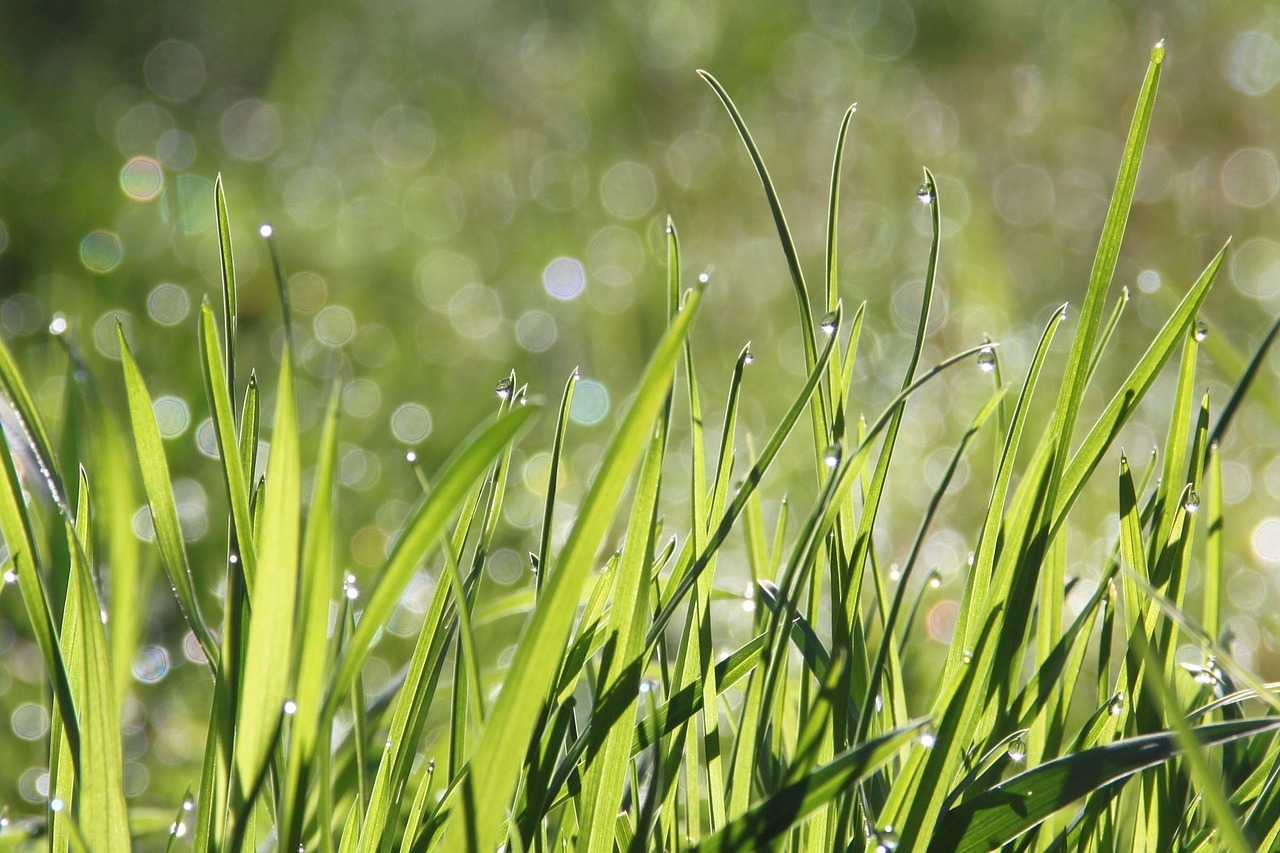 | | Spring is here - and with it, unfortunately, comes grass seeds! | | | Grass seed awns are the seed heads of grass, and they are very spikey and stick into pets' fur (and humans' shoes and pants), which is a clever trick of the grass plant to help spread its seed. Given their pointy nature, grass seeds can negatively affect dogs, cats and wildlife, depending on which organ/location they affect.
Removal of grass seeds may be achievable on a conscious pet in a consultation or require sedation, general anaesthetic, or surgery. The pet's tolerance levels (often, they are very uncomfortable!), how many grass seeds we suspect to require removal, and the grass seed(s) location on the body are all determiners of the treatment plan.
Unfortunately, grass seeds can also migrate (move around the body), making it more challenging to find them. Occasionally, for a very tricky grass seed, advanced imaging such as an ultrasound or CT scan may be necessary to find the exact location, as they can move very quickly. Here is a list of areas commonly affected by grass seeds:
Eyes
Clinical signs
- Holding the eye closed
- Rubbing the eye
- Redness
- Weeping
- Discharge
Risks
- Corneal ulceration (damage to the surface of the eye) may require treatment for several days.
- Enucleation (eye removal) is necessary in severe cases. However, with fast action, this risk lowers.
Removal
Depending on the patient and how accessible the grass seed is, removal may occur in a consult (on a conscious pet) or require sedation to allow safe removal.
Ears
Clinical signs
- Shaking the head excessively
- Holding the affected ear down (head tilt)
- Pawing at the ear
- Redness and inflammation of the ear
Risks
- Secondary ear infection
- Ruptured eardrum
- Migration to other areas of the body
Removal
Depending on the patient and how accessible the grass seed is, removal may occur in a consult (on a conscious pet) or require sedation to allow safe removal. Some patients may need pain relief and medicated ear drops after removal.
Nose
Clinical signs
excessive sneezing
nasal discharge
possibly haemorrhagic (bloody).
Risks:
Ongoing irritation
Infection
Migration to other areas of the body.
Removal
Due to how sensitive the nose is, patients typically require a general anaesthetic to remove grass seeds from the nose (otherwise they keep sneezing).
Paws
Clinical signs
- Limping
- Licking at the paws
- Draining sinus tract.
Risks
- Ongoing inflammation
- Infection.
- Larger migration risk. Seeds in the paw may move under the skin, up the leg, or to the other side of the paw.
Removal
Depending on the patient and how accessible the grass seed is, removal may occur in a consult (on a conscious pet, possibly with a local anaesthetic), or they may require sedation to allow safe removal (particularly in cases that require surgical exploration).
Coat
Clinical signs
Redness
Discharge
Licking of the area
Matted fur
Risks
Migration risk. Seeds may move under the skin into the abdominal or thoracic cavity.
Removal
Depending on the patient and how many grass seed tracts are present, this could be done on a conscious patient, under sedation, or may require a general anaesthetic and surgical removal.
Mouth and Throat
Clinical signs
- Sudden onset coughing
- Gagging
- Excessive drooling
- Difficulty swallowing
Risks
- Inflammation
- Infection of the gums, leading to dental issues
- Several migration risks:
- Seeds may move through the throat tissue.
- Be swallowed into the abdomen, where further migration is also a possibility.
- Be inhaled into the lungs, which may require advanced procedures to remove (such as bronchoscopy or occasionally even specialist surgery).
Removal
A general anaesthetic is required to check deep in the back of the throat and to allow protection of the airways.
Genitals
Clinical signs
- Licking at the prepuce/penis or vulva
- Blood in urine
- Pain on urination
- Genital swelling
Risks
- Secondary urinary tract infection
- Ongoing pain
- Irritation
- Risk of migration
Removal
Depending on the location of the grass seed and the animal's tolerance level, removal may be possible in consult (on a conscious animal) but likely requires sedation or general anaesthetic.
Tips and tricks for avoiding grass seeds:
At home
maintain grass and weeds on the property with regular maintenance. Prevent access to the area if time is needed to organise weeding/mowing, etc.
On walks
Prevent access to dry grass seeds by keeping your pet on a lead and avoiding certain areas, such as dense vegetation.
Roaming cats
Cats who roam are at greater risk of grass seeds as you can't control which areas they access.
Long haired dogs
A poodle clip around the paws can be helpful for long-haired dogs, as grass seeds love to get stuck in long fur.
Regular inspection by owners
Suppose your dog goes accidentally into an area with grass seeds. In that case, it is essential to check their coat and paws immediately and watch for other clinical signs.
What do you do if you think your pet has a grass seed?
Please call us as soon as possible (or an after-hours vet if needed), as it is best not to wait, particularly with grass seeds in the eye. The longer the grass seed is present, the more risk there is of migration, which can reduce the chances of finding them (particularly in the paws).
Thankfully, in most instances, once we remove the seeds, pets feel instant relief! |
|
|
 | | Working together to support the Black Dog Institute | | | In October, some of the Gawler Animal Hospital and Animalia team committed to walking/running a set distance to help create awareness and raise funds for the Black Dog Institute. Sadly, 1 in 5 people experience a mental illness each year. In fact, every day in Australia, 9 people die by suicide.
Mental illness can be debilitating and can have a devastating impact on not only those living with it but those around them.
Congratulations to Luisa, Cassie and Jenny for raising $537.00 and wracking up an impressive 260km over the month of October. A special thanks goes out to the kind people and team mates that donated to support the cause.
Walking together. Standing together. Stronger together. |
|
|
 | | A mini emergency | | | Due to their immature immune systems, young pups are unfortunately more susceptible to infectious illnesses than adult dogs. However, if your pup is a toy breed, it can be even more prone to serious unwellness complications.
Toy-breed puppies are prone to these complications because:
- They lose body heat more quickly, so can be prone to hypothermia (dangerously low body temperature)
- They have less capability to store glucose in their bodies, so if they aren’t eating, they can rapidly develop hypoglycaemia (low blood sugar)
- They become dehydrated more rapidly
What are common causes of unwellness in puppies?
Puppies commonly suffer from gastrointestinal unwellness due to dietary changes or infections (such as intestinal worms, giardia, or coccidia).
However, due to their small body size and naturally lower red blood cell levels than an adult dog, toy breed puppies can also risk dangerous anaemia secondary to heavy flea infestations.
When should you take your puppy to the vet?
We recommend that our veterinary team promptly assess puppies that have missed more than one meal, have had several vomits, have had diarrhoea for more than 24 hours, or seem a bit quieter than usual.
However, we advise urgent treatment if your puppy:
- Is having profuse or bloody diarrhoea or vomiting
- Is lethargic or withdrawn
- Has pale gums
What should I do if my puppy has diarrhoea but seems otherwise OK?
If your puppy is not passing blood, still seems playful, and is eating and drinking, we would advise feeding them small meals three to four times daily of a bland diet (such as plain-cooked skinless chicken breast with boiled rice) and monitoring them closely.
Remember, we recommend a vet check if your pup shows no improvement in 24 hours. |
|
|
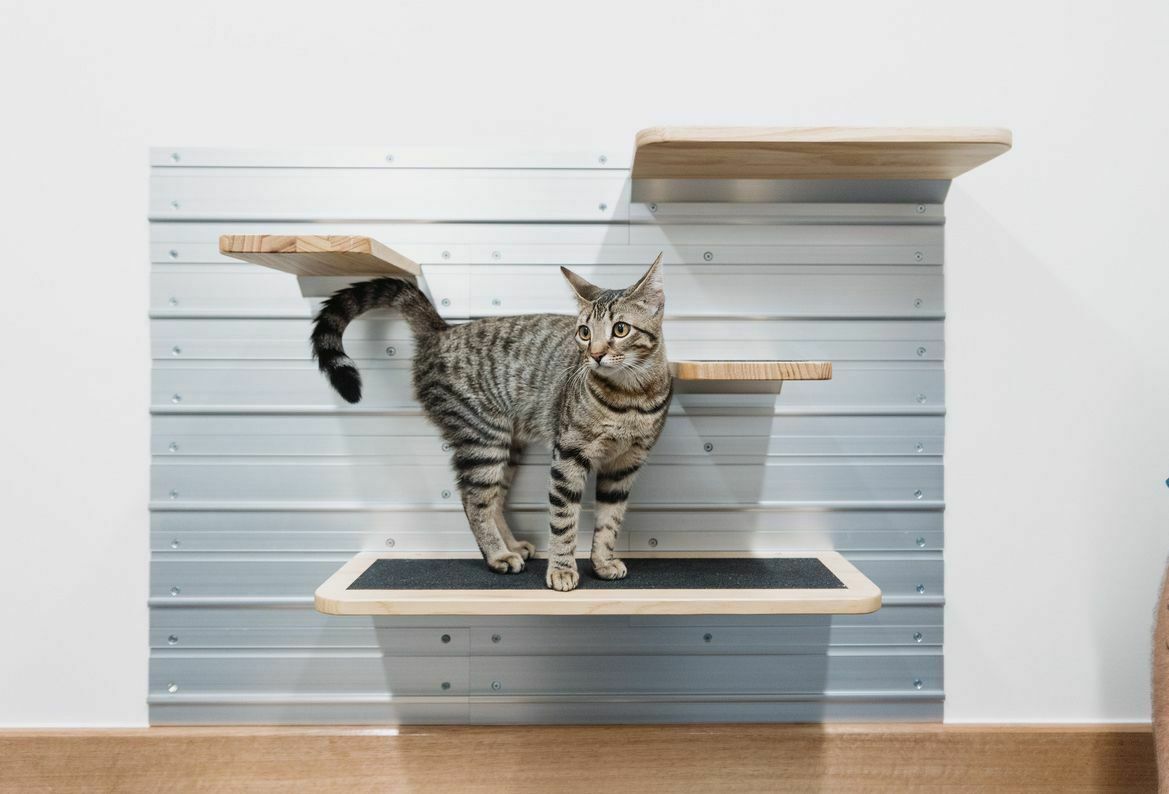 | | A rise in high-rise syndrome | | |
With the rise of apartment living, high-rise falls have become an increasingly common veterinary emergency – so much so that the collection of injuries commonly sustained by affected pets is called “high-rise syndrome”.
What exactly is high-rise syndrome?
This term refers to injuries commonly occurring when a pet falls two storeys or more.
Cats and dogs who fall from significant heights may sustain multiple injuries, which usually involve:
- The face, e.g. tooth fractures, jaw fractures, or damage to the palate
- The chest, e.g. broken ribs or collapsed lungs
- One or more limbs, e.g. fractures or dislocations
These pets may also experience cardiovascular shock (dangerously low blood pressure) due to blood loss.
Less commonly, pets who have fallen from a significant height can also sustain abdominal injuries, such as bleeding within the belly, damage to the liver, or bladder rupture.
How is high-rise syndrome diagnosed?
We highly recommend that animals undergo an immediate veterinary assessment if they fall (or are suspected of having fallen) two or more storeys - even if they “seem fine” initially! Unfortunately, issues such as lung damage may not be immediately evident but can worsen in the hours after the fall.
As well as a complete physical examination to check the pet’s jaw, teeth and oral cavity, assess their musculoskeletal system, palpate their belly, and listen to their chest, we may also advise them to undergo general blood tests and imaging.
Blood tests can help assess the pet for signs of liver or kidney damage, while using x-rays or ultrasound can help us determine if they may have lung bruising, a collapsed lung, or unusual fluid within their belly.
Once we have ascertained the full extent of the pet’s injuries, we can make treatment recommendations to help stabilise their condition and have them feeling on the up very soon!
|
|
|
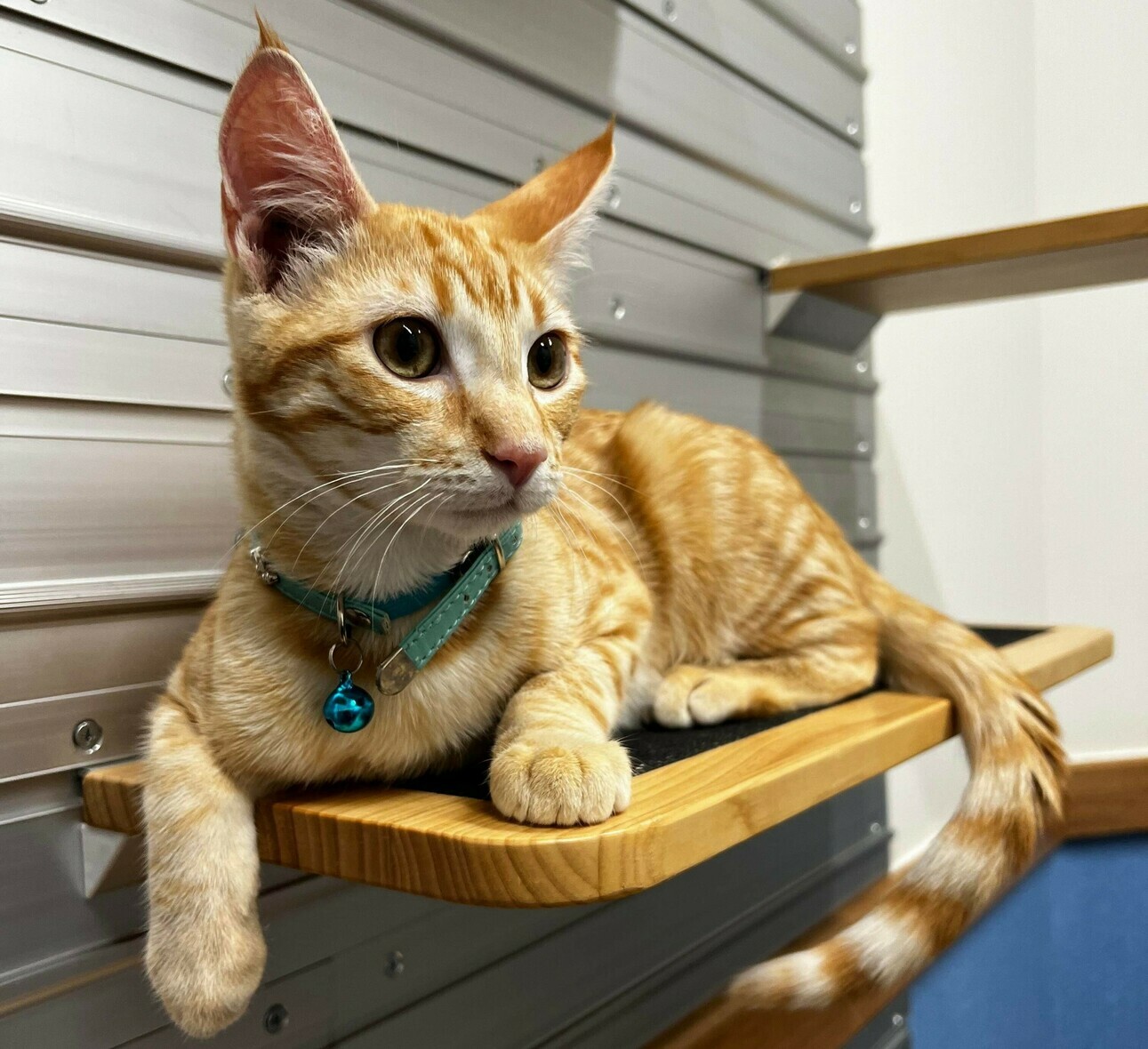 | | Busting for a wee | | | One of the most common emergency issues seen in general veterinary practice is urinary disease in cats. In such cases, the critical point for our team to ascertain is whether the cat is simply having urinary-related discomfort or whether they are unable to pass urine (i.e. urinary blockage).
Read on to learn more about urinary disease in cats and the symptoms to monitor your feline friend for.
Causes of urinary tract disease
Urinary tract disease in cats commonly occurs due to a condition called feline idiopathic cystitis (FIC), where cats develop bladder inflammation without infection. This condition is still not completely understood but is known to occur more often in cats susceptible to environmental stressors.
Cats may also develop urinary tract disease due to infection (more common in cats with an underlying problem such as kidney disease or diabetes), bladder stones, or bladder masses.
What symptoms does urinary tract disease cause?
Cats with bladder inflammation can show symptoms including:
- An increased urge to urinate, which may cause them to strain out small volumes of urine frequently or pass urine in unusual places
- Discomfort during urination
- Pink or red-tinged urine
- Increased licking at their genitals
When a cat develops urinary blockage, they become unable to pass urine and gradually develop a large, firm bladder, which is often painful to touch. They will become generally unwell and lethargic due to dehydration and the build-up of toxins within their body.
Urinary blockage is most commonly seen in male cats (due to their narrower urethras).
What should I do if I notice symptoms of urinary disease in my cat?
Due to the discomfort and distress associated with urinary disease, cats showing symptoms should receive an assessment by a veterinarian.
However, urinary blockage is a true emergency and necessitates immediate veterinary treatment.
If you notice any symptoms of urinary disease in your cat, please phone us as soon as possible for further advice. |
|
|
 | | Animal News In Brief | | |
Blessings for local pets in Gosford, NSW.
Image Credit: (ABC Central Coast: Caroline Perryman)
In a heartwarming tradition, people worldwide expressed gratitude to their cherished pets for the boundless love and joy they bring in time with the feast day of St Francis of Assisi, the patron saint of animals and the environment.
Anglican minister Christian Ford extended pet blessings to furry, feathered or scaly companions at a recent ceremony in Gosford Anglican Church. Christian Ford and his wife, Brenda, hope the event recognises the value pets bring to our lives and holds significance for those who’ve faced heart-wrenching separation from their animals during emergencies. Beyond celebration, these services offer a poignant moment to honour animals lost to natural causes like fires or floods.
Vegemite the schmoodle (a toy poodle x Maltese shi-tzu) and rescue dog Coby, accompanied by owners Kathy and Alisha Cloughessey, participated in the blessing. “We think of our dogs as part of the family, so it’s just lovely that the dogs can be a part of the service and get a blessing,” said Kathy Cloughessy. “I’m not religious at all, so I’m just here for the dogs and [to support] my wife,” said Alisha Cloughessy. Whether religious or not, attendees share in a collective acknowledgement of the profound impact of pets in our lives.
Click here to read the full article by ABC News.
Local chicken struts its stuff in Logan, QLD.
Naomi Barlowe, a resident of Boronia Heights in Logan, south-east Queensland, has turned heads in her neighbourhood by taking her pet chook, Mavis, for a daily stroll. Not for lack of a dog, because Naomi’s household boasts four other chooks, 11 guinea pigs, two dogs, two cats, and various birds. This unique routine began when Naomi received a chicken lead as a birthday gift.
Mavis wears her small harness, and Naomi wears a shirt proclaiming ‘Chickens make me happy; humans make my head hurt,’ though she embraces the positive reactions from her neighbours. Together, they confidently strut down the streets, capturing the attention of onlookers and sparking conversations during their brief walks. “She’s sassy, and she often goes in the opposite direction of me,” said Naomi.
“When Naomi asked for things with chickens on them for her birthday, I saw the chicken lead, bought it for her, and said, ‘Good luck!’ I knew it would bring good things!” said Naomi’s mother, Sue Barlowe, “It’s really great to see, and it’s definitely entertaining.”
Click here to read ABC News' full article, including video and radio interview with the Barlowe family.
Rescued puppy makes healthy recovery from rickets
During a drive in India, a compassionate group of rescuers spotted a forlorn puppy tethered to a sidewalk. As they approached, they noticed the pup struggled to walk as it eagerly greeted the rescuers. Determined to give the puppy a better life, one rescuer named Yogita adopted Abby into her family, later posting rescue videos to Instagram.
“He was left tied on the pole by a nearby shop owner who didn’t want to take care of him because of his bent legs,” she wrote. According to vets, Abby’s leg deformities were caused by rickets and malnutrition. “His recovery journey was a long one, but filled with so much love, and today he is living the best life he could ever have with his siblings,” Yogita said.
Abby’s story proves the transformative power of compassion and kindness in the lives of animals in difficult situations.
Click here to read The Dodo's full story, including footage of Abby's rescue. |
|
|
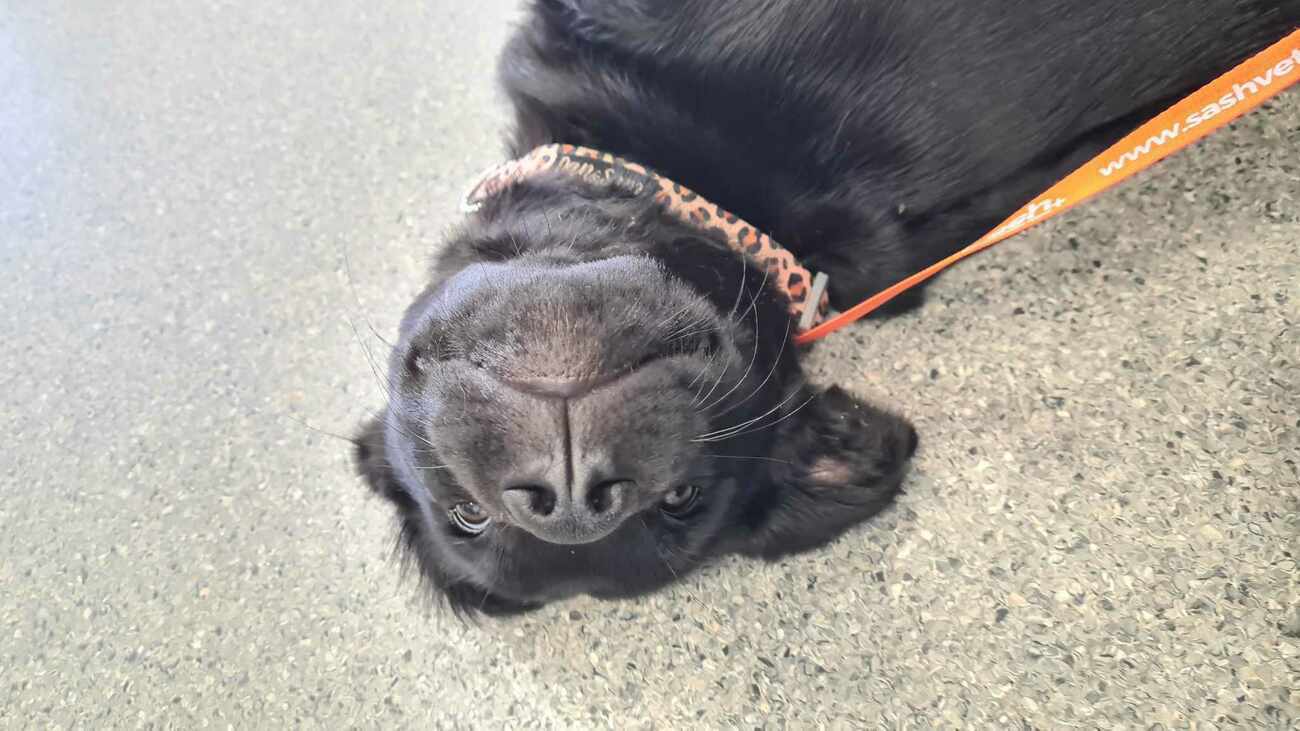 | | Dogs on three legs | | | When an active dog goes lame on a hindleg, five common issues could be the potential cause. Can you guess what they are? Answers below!
1. Cruciate disease
Cruciate disease involves damage to the cranial cruciate ligament (a key ligament) in the knee joint of the hindlimb.
Whilst some pets can completely snap their cruciate ligament in one go due to a significant trauma, many dogs will suffer from chronic cruciate disease, where their ligament gradually tears (usually over months). Chronic cruciate disease leads to periods of hindlimb lameness from which the pet appears to recover until the ligament eventually tears completely.
2. Patellar luxation
Patellar luxation is most common in smaller breed dogs and involves abnormal looseness of one or both kneecaps. In less severe cases, the kneecap may occasionally pop out of place, causing the pet to suddenly “skip” on the affected hind leg until the kneecap pops back into place.
3. Broken nail
It’s not uncommon for active pets to break one of their nails when racing around in pursuit of a toy, which can be very painful if the raw nail bed becomes exposed and may become infected.
Usually, broken nails will bleed, and the pet will lick at their paw frequently.
4. Hip dysplasia
Hip dysplasia is a developmental condition involving abnormal looseness and improper formation of the hip joint.
Unfortunately, this makes affected pets more likely to develop arthritis in their hip joints at a relatively young age. Arthritis in the hip joint may cause flare-ups of hindlimb pain, particularly after vigorous exercise.
5. Soft tissue injury
Soft tissue injuries can be a risk for pets having outdoor adventures. Common injuries include bee stings, paw injuries (such as cuts from oyster shells or embedded glass pieces), or simple joint strains due to over-exuberant playing.
In cases of pet lameness, we advise a veterinary check-up if your pet looks pretty uncomfortable or generally unwell or if the lameness isn’t improving after 24-48 hours. |
|
|
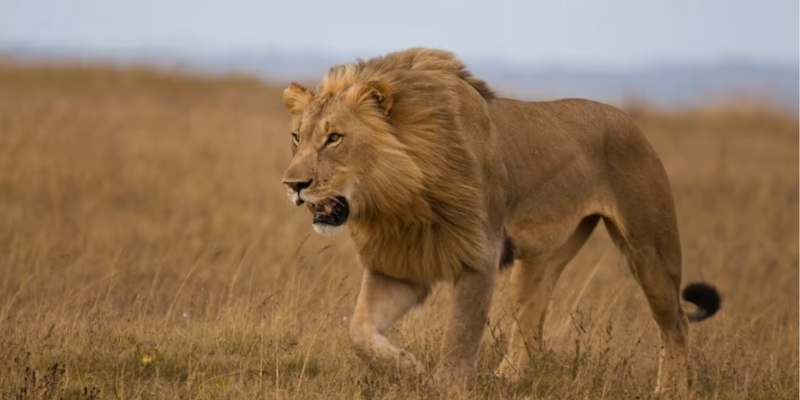 | | Humans vs Lions, who's scarier according to this wildlife study? | | | In a groundbreaking study conducted at South Africa’s Kruger National Park, renowned as a haven for wildlife, researchers found that the pervasive fear of humans surpasses even that of the mighty lions, long regarded as the apex predators. The study involved observing 19 diverse species in their reactions to different sounds during the dry season, including buffaloes, zebras, elephants, hyenas, giraffes, kudus, and warthogs.
Strategically positioned cameras with speaker systems near water holes played recordings of human voices, lions roaring, hunting sounds, and bird noises. Surprisingly, nearly 95% of the observed species exhibited heightened responses, fleeing water holes at an accelerated pace upon hearing human noises, compared to the more subdued reactions to the roar of lions.
Elephants, in particular, showcased a stark contrast in their responses. While they reacted confrontationally to lion roars, aggressively approaching the broadcasting speakers, the fear of humans triggered a widespread evacuation.
The implications of these findings extend beyond wildlife behaviour, posing a significant challenge to conservation efforts reliant on tourism. The study, led by Western University biologist Lana Zanette, underscores the underestimated impact of human presence on savanna mammal communities and calls for a reevaluation of conservation strategies in the face of this newfound fear among wildlife.
Click here to read the full article by ABC News. |
|
|
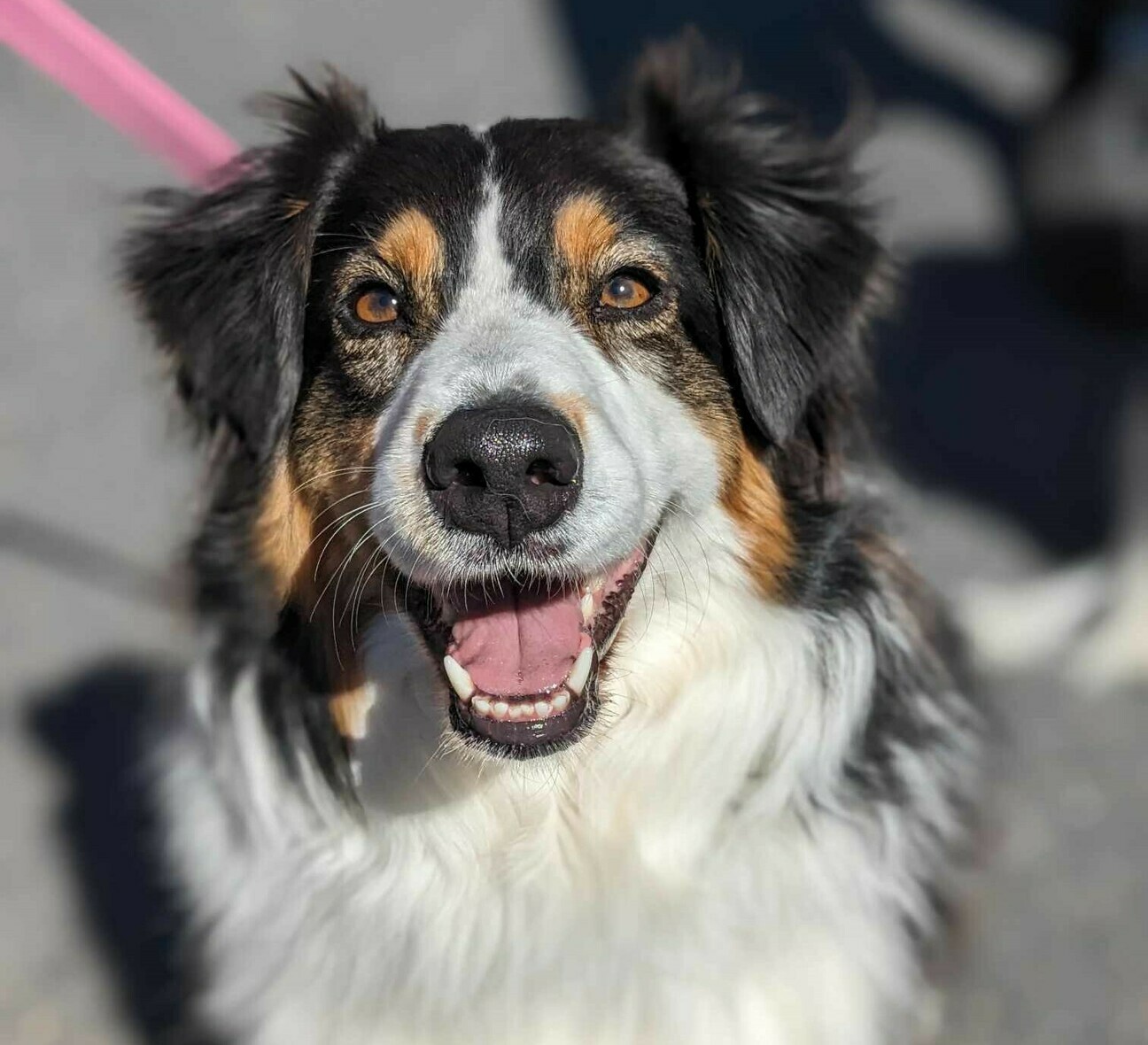 | | Weak 'n' wobby | | | Is your older pet suddenly having difficulties walking? In addition to problems such as tick paralysis, which can affect pets of any age, senior pets can be at risk of specific age-related issues that can impair their ability to move normally.
Here are some potential causes of sudden changes in your older pet’s mobility.
Spinal pain
Whilst spinal pain can occur in any pet (particularly in long-backed breeds such as dachshunds), older pets are at an increased risk of specific spinal issues, including:
- Progressive intervertebral disc disease (gradually bulging discs within the spine)
- Spinal tumours
- Arthritic changes within the bones of the spine
Pets with spinal issues may show non-specific symptoms such as a reluctance to move, intermittent yelping, trouble eating and drinking comfortably, or changes in behaviour. If the spinal cord becomes significantly compressed, these pets may also develop neurological problems, affecting their coordination, leg strength, or continence (ability to control urination or bowel movements).
Arthritis flare-up
As well as arthritis of the spine, older pets are also commonly affected by degenerative joint disease (a type of arthritis) in areas such as the hips, knees, and elbows.
As well as general stiffness (particularly after rest), slowing on walks, and sometimes a reluctance to jump up or climb stairs, affected pets may worsen suddenly after an awkward slip or fall and show significant pain and lameness.
Geriatric vestibular disease
Geriatric vestibular disease is when older pets suddenly develop vertigo-like symptoms, which usually cause them to have an uncontrollable head tilt and generalised loss of balance. They may also feel quite nauseous and be reluctant to eat and drink. The exact cause of this condition is unclear.
If your pet shows a sudden change in their mobility, it’s always best to consult our experienced team promptly. With the proper support, we can hopefully have your pet back on track quickly! |
|
|
This email contains comments of a general nature only and is not intended to be a substitute for professional veterinary advice. It should not be relied on as the basis for whether you do or don't do anything.
All content © PetPack 2023 |
|
|
This email was sent to:
email@example.com
Gawler Animal Hospital
76 Adelaide Rd
Gawler South, SA 5118
|
|
|
|